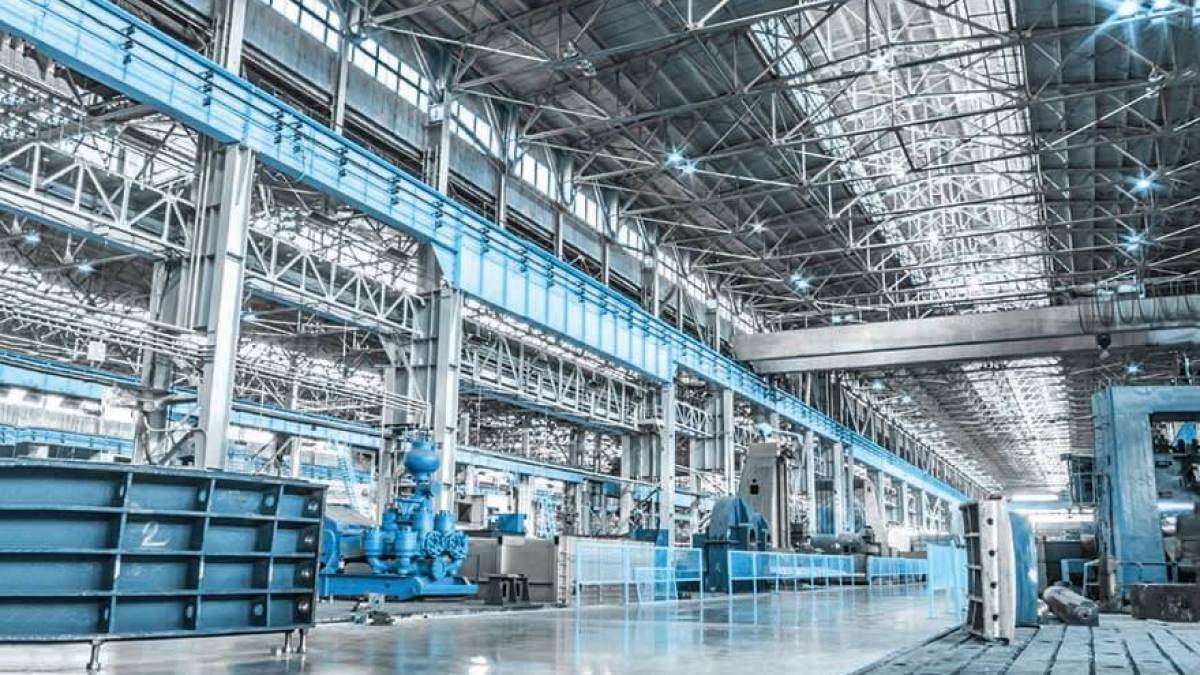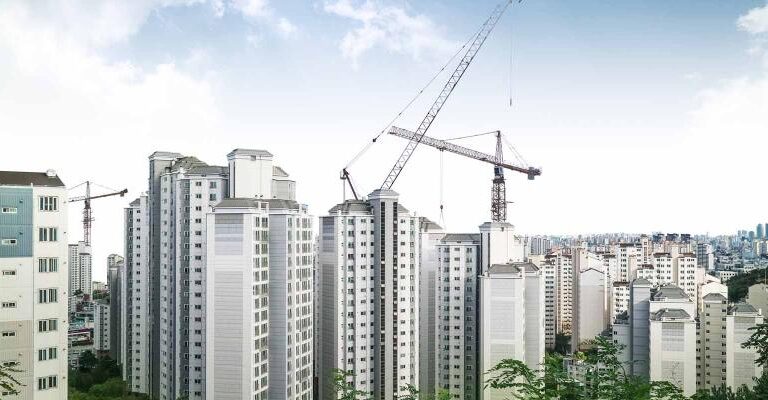An Operating Expense Overview for Building Tenants
What are industrial operating expenses, and what do they include? In working with hundreds of industrial tenants over the years, these are the two most common questions that tenants ask.
This guide is intended to help you better understand the operating expense component of rent.
What are Industrial Operating Expenses?
Operating expenses (commonly referred to as op/ex) are the landlord’s way of recouping the costs to own and maintain their building. While rental rates can drive profit, operating expenses are simply a reimbursement of the landlord’s costs associated with operating and maintaining a building. Depending on your lease structure, you will either pay operating expenses as a component of gross rent or in addition to base rent. In a triple net (NNN) lease, operating expenses are paid on top of the quoted NNN rental rate.
Typically, tenants pay their pro-rata share of the building’s total operating expenses based on the size of their space relative to the building. In a multi-tenant property, each tenant will pay a portion of the building’s total op/ex proportionate to their size in the building. In a single-tenant building, the tenant is typically responsible for 100% of total operating expenses.
What is Included in Industrial Operating Expenses?
There are three main items that make up operating expenses:
- Property Taxes
- Insurance
- Common Area Maintenance (CAM) fees
Common Area Maintenance (CAM) expenses are fees paid by tenants to the building landlord in order to help cover the building’s overhead costs for common areas. Common areas are spaces used for or benefited by all tenants, like parking lots and landscaped areas. Industrial CAM expenses typically include lighting of common areas and parking lots, water for irrigation, landscaping, parking lot maintenance and administrative fees.
What’s Not Included?
Unlike most office CAM fees, industrial CAM expenses do not include electrical and janitorial (E&J) costs. In industrial properties, electrical costs are generally sub metered by the tenant, because industrial users can vary drastically in the amount of electricity they require depending on what they do. For instance, a manufacturer may run heavy machinery 24 hours a day, racking up exorbitant electric fees, while a neighboring tenant who uses the space as a storage warehouse may only use minimal electricity.
Janitorial is also not included in industrial CAM. This is because, unlike office buildings, most industrial buildings do not share common interior spaces like lobbies and restrooms. Because of this, it is common for industrial tenants to be required to contract their own janitorial services.
Your operating expenses and CAM charges should be specifically spelled out in your lease to avoid any ambiguity about what is included. A qualified tenant representation broker can help you understand operating expenses and CAM charges and help negotiate these in your next lease.






